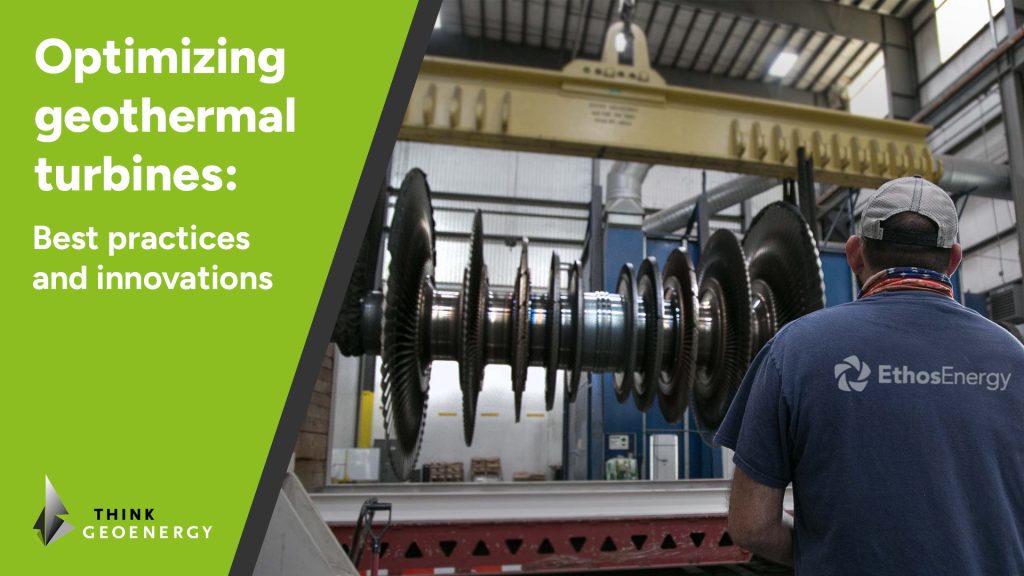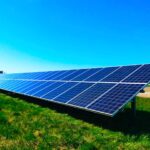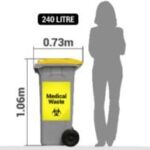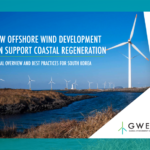Optimizing geothermal turbines: Best practices and innovations
Energy Disrupter
For geothermal power generation capacity to expand worldwide, operators must put more focus on optimizing the performance of their geothermal turbines.
Geothermal energy is a rising star in the global effort to reduce emissions, ensure energy security, and boost economies. However, there are challenges in geothermal power operations that require constant vigilance and some degree of planning to ensure the optimal performance of power plants.
According to Donald Leger, Manager for Steam Turbine Application Engineering at EthosEnergy, a comprehensive suite of solutions and technology is essential to fully harness the potential of geothermal.
The harsh realities of geothermal engineering
The global production of geothermal energy is expected to soar to 98.74 billion kWh by the end of 2024, growing 1.68% annually over the next five years. Getting to this point, however, is likely not going to be smooth sailing.
Every geothermal plant – whether dry steam, flash steam, or indirect cycle – needs to follow best practices to optimize performance, safeguard equipment, and extend lifecycles. Increasing the reliability of geothermal assets means saving on costs and extracting the most value possible out of them.
For all geothermal projects, turbines always face steam conditions and chemistry that need to be addressed regardless of the OEM. With geothermal fluids easily capable of eroding conventional materials at an alarming rate – including very damaging short-term spikes in pH – even small variations in hardness and chemistry can have a significant impact on your turbines.
With some clever and prudent thinking, geothermal operators can ensure that their turbines run efficiently. Proactive steps include:
- Appropriate material selection – choosing the right materials to withstand harsh conditions
- Robust shutdown and moisture removal processes – proper procedures during outages
- Periodic steam path monitoring – regular checks and repairs
- Steam chemistry control – strict regulation to prevent erosion and corrosion
- Retrofit of steam paths – redesigns to match current steam conditions and flow rates
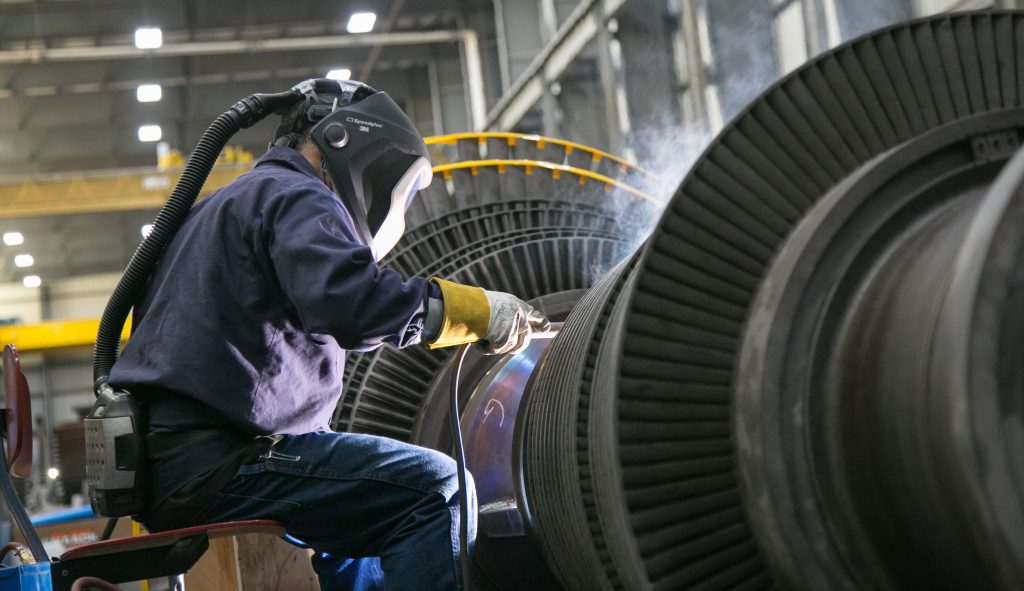
Combatting challenges with state-of-the-art solutions
Staying one step ahead and being prepared for anything is crucial in avoiding major problems related to turbines in geothermal power generation. Let’s look at some of the factors that operators need to consider:
Moisture problems are incredibly common in geothermal plants, often causing wear-and-tear damage to the tenons (the protruding parts used to attach shrouds to the blades on the turbine rotor). This happens mostly due to harsh conditions like corrosive steam. Combined with the risk of chemical deposition, moisture problems can cause a disaster if left untreated.
To tackle moisture and tenon erosion in geothermal turbines and to reduce tenon erosion change to integral covers, EthosEnergy provides a Stellite™ shield or solid coupon.
Integral covers are specially designed to eliminate tenons, as the shroud is machined integral with the blade using accurate geometry to ensure proper blade damping. Existing turbines or new turbine designs can be equipped with blades having integral covers for life extension.
Another of the design improvements introduced by EthosEnergy includes control stages with integral covers made from titanium. The material density lowers the stress on the wheel and blades, while the titanium’s material properties minimize fouling, which can decrease the turbine’s flow capacity and, in turn, diminish output.
By implementing these solutions, operators can ensure that turbines operate more efficiently and have longer service intervals. These ultimately result in reduced downtime and lower maintenance costs.
-
Tall blades
In geothermal turbines, tall blades are particularly susceptible to harsh operating conditions, including high moisture content and corrosive steam. To enhance the durability and performance of these blades, advanced material options well-known for their strength and corrosion resistance can be considered, including:
- 403 SS/X15 – 403 Stainless Steel (SS), well known for its solid mechanical properties and corrosion resistance. The X15 variant is often used for its superior strength and durability in corrosive environments.
- M152 (Jet Heat) – this advanced alloy is known for its high-erosion resistance and resistance to oxidation and corrosion.
- 17-4 PH – this precipitation-hardening stainless steel also provides high strength and hardness, as well as excellent corrosion resistance.
- Titanium – renowned for its exceptional strength-to-weight ratio and excellent corrosion and erosion resistance.
EthosEnergy also provides treatments to enhance the durability of tall blades, such as laser hardening, flame hardening, and various coatings like metallic layers to provide additional protection.
By using this combination of advanced materials and treatments, geothermal operators can ensure that tall blades in geothermal turbines can withstand extreme conditions. This results in improved efficiency, reduced maintenance costs over time, fewer parts replacements, and less downtime.
Even with the proper selection of materials, operators still need to monitor and analyze the performance of their turbines. Analysis is key to understanding the natural frequencies of blade dynamics:
- Vibratory stresses at resonance
- Blade and rotor centrifugal stress
- Blade fixation issues
EthosEnergy can provide the experience and technical expertise to analyze these blade dynamics at each geothermal plant, helping customers to stay within allowable limits.
-
Repair, reblade, redesign
To keep a geothermal plant running as it should, repair, reblade, and redesign solutions ensure the best outcomes for turbines, whether it’s wheel welds or reconfiguring blades based on failure analysis, erosion issues, or control systems.
-
Inspections
Regular inspections – including visual, magnetic particle, and other forms of non-destructive testing (NDT) – are also vital for geothermal turbines. Inspections can highlight any issues like surface cracks, blade and shroud damage, erosion, and corrosion. Operators need to address all of these as soon as possible to avoid further issues.
Inspections may require ongoing solutions to be implemented. Making these repairs or replacements right away will help to avoid costly downtime. These solutions can include:
- Improved materials, coatings, and steam quality for blade issues
- Stainless steels upgrades
- Inconel weld repairs to inner and outer diaphragm rings
- Improved moisture separation features
- Wheel replacements with improved materials and lower stress designs
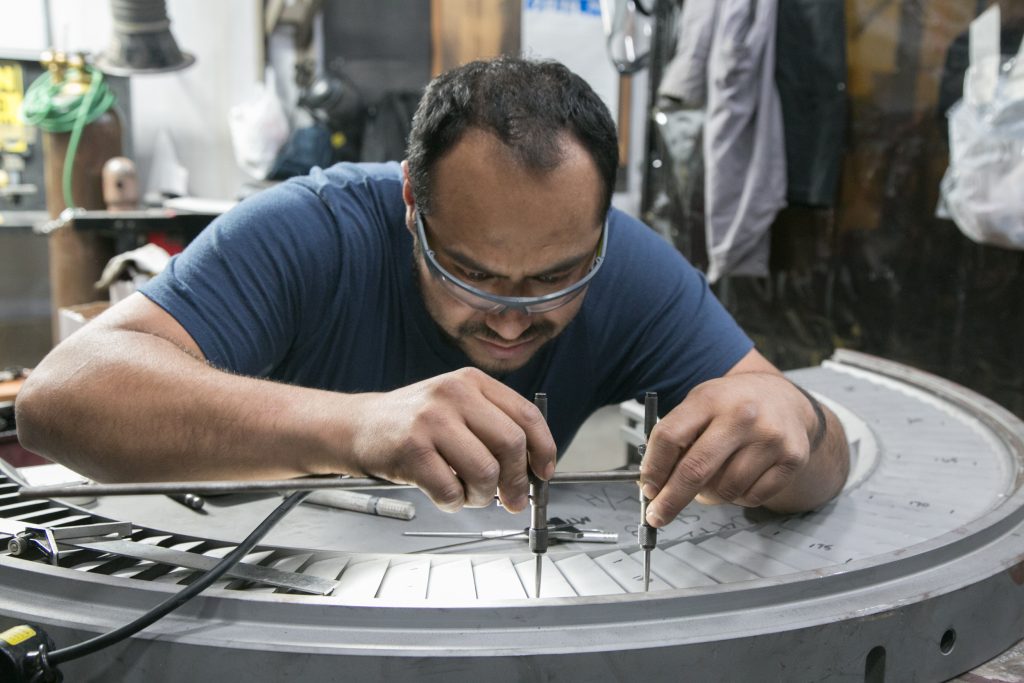
Full steam ahead for geothermal plants
In the exciting race towards renewable power, geothermal power plant operators need the expertise and solutions required to maximize equipment efficiency and production. This is critical regardless of location, OEM, or lifecycle stage. With their proven capabilities and innovative, independent approaches, EthosEnergy is ready to support the growing geothermal sector in addressing challenges such as moisture and corrosion.
As geothermal energy becomes an increasingly vital element in the global energy mix, geothermal power operators can benefit greatly from improved turbine efficiency and lower operations and maintenance costs.
Click here to find out more about EthosEnergy’s geothermal offerings.


